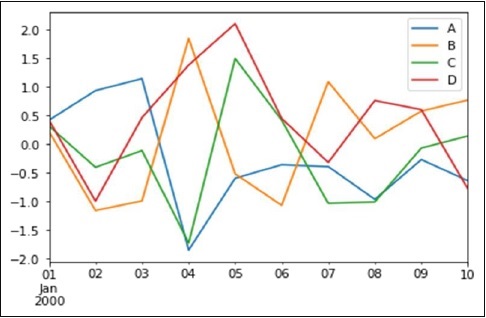Future Scope Of Python in India
Why Python is so Popular?
- Python supports multiple programming paradigm - Python is multi-paradigm programming language which has features like object-oriented, imerative, procedural, functional, reflective, etc.
- Easy to code and write - Python has a simple, easy and readable code as compared to other programming languages like C, C++, JAVA .
- Python has a rich and supportive community - The greatest part of other programming dialects have unpins issues. Also, some of them lack in the documentation which makes it difficult for a programmer to build his project. Python doesn't have these issues. It has been work for a long time, so there are plenty of documentation, tutorials, guides and so much more to help a programmer. Also, it has a rich and active community who ensures to provide help and supports to the developers. So, the community consist of many experienced developers and programmer who provides support at any time.
- Python contains fewer lines of code - In python programming language codes are written complete in fewer lines thus reducing the efforts of programmers.
- Standard Library - Python comes with a huge standard library through which eliminate the efforts to write a function or code. The library consists of many inbuilt functions and pre-written codes, so it is not necessary to have to write a code for every single thing.
- Python is accessible -For newcomers and beginners, Python is incredibly easy to learn and use. In fact, it’s one of the most accessible programming languages available. Part of the reason is the simplified syntax with an emphasis on natural language. But it’s also because you can write Python code and execute it much faster. Whatever the case, it’s a great language for beginners, so it’s where a lot of young developers are getting their start. More importantly, experienced developers aren’t left by the wayside, as there’s plenty to do.
The sudden upturn in Python Language
Use of Python in:
Integrating Python with Other Languages:
Future Technologies Counting On python
By seeing such large scale demand skilled professionals, it is rightly said that Python is actually the language of the FUTURE













.png)


.png)












s.PNG)










.png)


.png)




%20in%20Finance).jpg)



